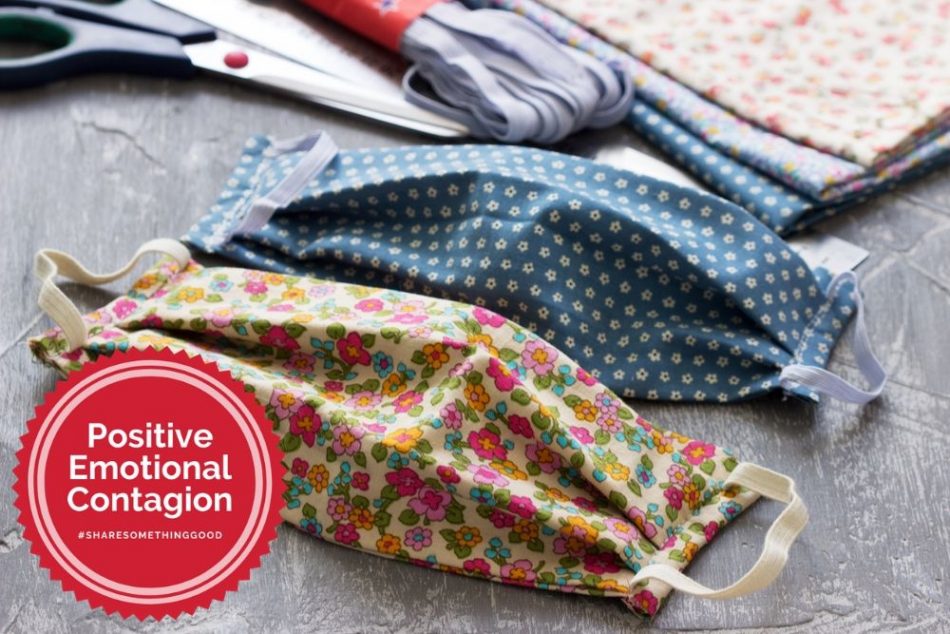The CDC recommends people wear cloth face masks when venturing out for essential shopping and increasing numbers of counties are mandating that residents follow this safety precaution. If you’re making your own mask at home, here are some essential factors to consider.
Virus particles are estimated to be between 0.1 to 0.3 micron. To put that in perspective, particles of 40 microns are the smallest size visible to the naked human eye. Homemade masks are not as effective as N-95 masks at keeping harmful particles out, but as N-95 masks are in short supply and should be reserved for hospital use only, a homemade mask is better than nothing. Certain types of homemade masks are more effective than others, so here is what to think about when making yours.
The first basic factor is fit. Your mask should cover your nose and mouth and extend to the top of the nose and below the chin. Check for gaps in fabric and consider using thin metal wire or a paperclip to form a structured bridge across the top of your nose. The mask should fit snugly and stay on without adjustment.
The second factor is the fabric. The fabric you chose should be effective in keeping particles out, but also be comfortable against your skin and easy to sanitize. Look for a fabric with natural fibers and small-fiber diameter which allows for a more compact and protective structure. Also, look for a fabric with low moisture retention. This will allow for more airflow and make it easier to breathe while still blocking harmful droplets. Silk and cotton are good choices for both effectiveness and comfort.
Lastly, look for woven, not knit, fabrics and avoid material with stretch as it could distort weave and allow particles in.
Putting together all these factors, a multi-layer system is an effective structure for an optimal mask. An outer layer of cotton with an interior liner of a thinner, replaceable “filter” works well. This “filter” can be a thinner layer of fabric or even a coffee filter.
Masks are not guaranteed to keep out COVID-19 particles, but they do reduce the transmission of airborne droplets. Remember to still practice social distancing, wash hands, and sanitize surfaces frequently in addition to wearing your new homemade mask.
Check out our articles on cleaning your phone and food safety for more great tips!












